From the Spice Islands to Your Kitchen: The Fascinating Origins of Spices
Welcome, spice enthusiasts and curious cooks! If you’ve ever wondered why cinnamon comes in sticks while chili flakes look like they escaped a pepper party, you’re not alone. In this article, we’ll take a delicious journey through history, geography, and botany to uncover where your favorite spices come from — and how you can use that knowledge to elevate your cooking game.
Table of Contents
- Introduction: Why Should You Care About Spice Origins?
- The Global Spice Map: Where Do Spices Actually Come From?
- How Knowing Origins Can Improve Your Cooking
- Spice Storage Tips Based on Origin
- Buying Spices Smartly: Origin Matters!
- Conclusion: Spice Up Your Life (Literally)
Introduction: Why Should You Care About Spice Origins?
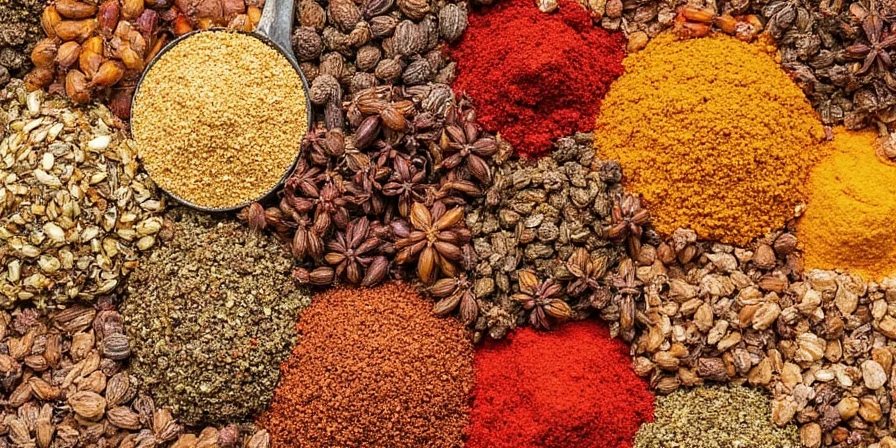
If you think all spices are created equal, you might be missing out on a world of flavor nuances. Just like wine terroir or coffee beans, the origin of a spice plays a huge role in its taste, aroma, and even texture.
For example, did you know:
- Ceylon cinnamon from Sri Lanka is often considered superior to cassia cinnamon found in most supermarkets?
- Sumatra black pepper has a more complex flavor than its Indian counterpart?
- Genuine saffron only comes from specific regions in Iran, Spain, and India?
Understanding where your spices come from helps you make better culinary decisions — and gives you some serious dinner party trivia points!
The Global Spice Map: Where Do Spices Actually Come From?
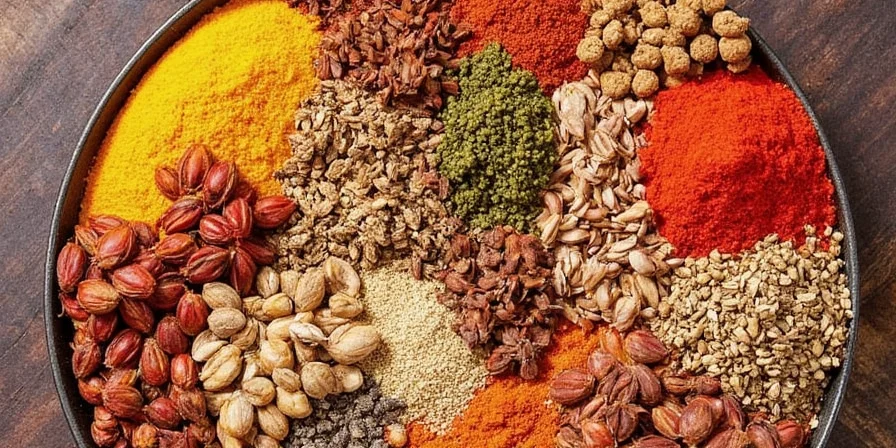
Let’s explore the global spice hotspots and their signature flavors. Here's a quick table to get your bearings:
| Spice | Origin | Unique Flavor Notes | Fun Fact |
|---|---|---|---|
| Cinnamon (Ceylon) | Sri Lanka | Delicate, sweet, citrusy | Used in ancient Egypt as embalming material! |
| Cardamom | India, Guatemala | Floral, minty, eucalyptus-like | Guatemala now produces more cardamom than India! |
| Nutmeg & Mace | Banda Islands, Indonesia | Earthy, warm, slightly nutty | Used during the Middle Ages as an aphrodisiac! |
| Cloves | Zanzibar, Madagascar | Pungent, sweet-spicy | Used by Chinese officials to freshen breath before meetings with the Emperor. |
| Vanilla | Mexico, Madagascar, Tahiti | Rich, creamy, floral | Only edible orchid species used in food! |
| Saffron | Iran, Spain, Kashmir | Elegant, floral, slightly hay-like | More expensive than gold by weight! |
| Black Pepper | India, Vietnam, Indonesia | Pungent, woody, slightly fruity | Used as currency during the Roman Empire! |
Major Spice Producing Regions
- South Asia: India, Sri Lanka, Pakistan – home of turmeric, cumin, cardamom, coriander
- Southeast Asia: Indonesia, Thailand, Malaysia – source of cloves, nutmeg, lemongrass
- The Middle East: Iran, Turkey, Syria – known for saffron, sumac, za'atar
- Central & South America: Mexico, Guatemala, Peru – origin of vanilla, chili peppers, annatto
- Africa: Morocco, Zanzibar, Ethiopia – famous for ras el hanout, grains of paradise, berbere blends
- Europe: Though not a major grower, Europe contributes to spice culture through iconic blends like Herbes de Provence and garam masala-inspired fusion mixes
How Knowing Origins Can Improve Your Cooking
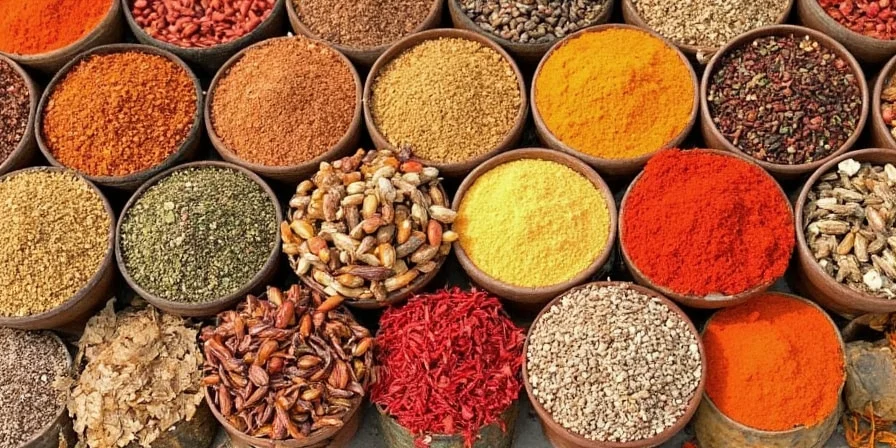
Match Spices to Their Cultural Roots
Want authentic Thai curry? Use Thai bird chilies and lemongrass. Making Moroccan tagine? Grab Berber-spiced harissa and preserved lemon. Knowing where a spice originates can help you pair it correctly with traditional dishes.
Understand Subtle Differences Between Similar Spices
Take black pepper, for example:
- Malabar pepper from India: earthy, bold
- Sarawak pepper from Borneo: floral, delicate
- Vietnamese pepper: robust, spicy-sweet
They may look the same in your cabinet, but these differences show up clearly in your dish!
Learn How Climate Affects Taste
Did you know saffron grown in Kashmir tends to have a more intense floral aroma than Spanish saffron? That’s because cooler mountain climates concentrate the plant’s essential oils. Understanding these geographic effects can help you choose the perfect spice for your dish.
Spice Storage Tips Based on Origin
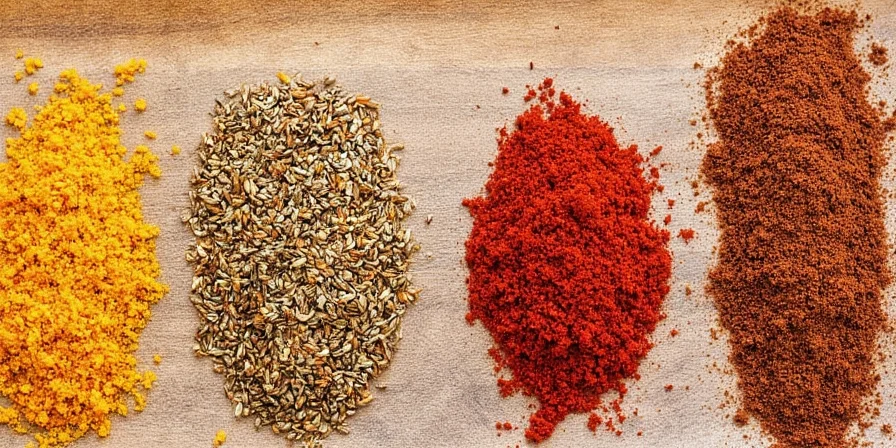
Not all spices age equally. Some origins mean certain preservation needs. Here’s how to keep your spices tasting fresh:
- Tropical spices (cloves, nutmeg): These love dry environments. Store in airtight containers away from humidity.
- Mediterranean herbs (oregano, thyme): Prefer cool, dark places to preserve their aromatic oils.
- Pepper varieties: Whole peppercorns last longer than ground versions. Store them away from light.
- Saffron: Must be kept in a completely sealed container. Even air can degrade its delicate compounds.
- Chili powders: Especially those from Central America (like New Mexican chili powder) fade quickly. Buy small amounts and store in the freezer if possible.
Buying Spices Smartly: Origin Matters!
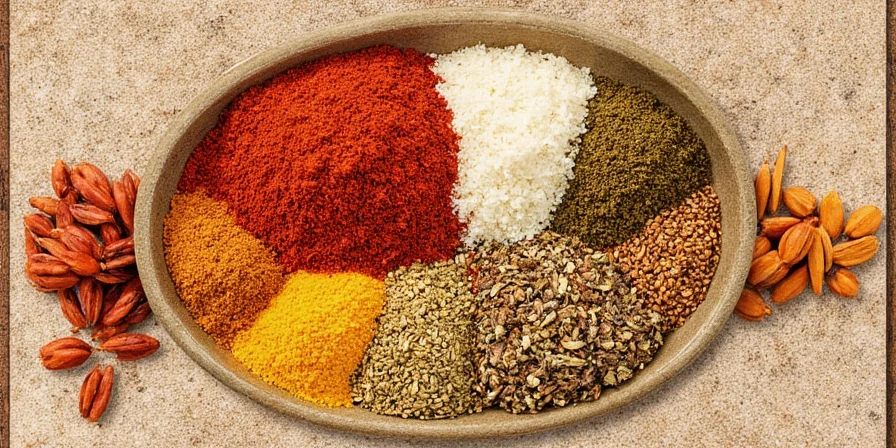
When shopping for spices, don’t just grab the first jar off the shelf. Pay attention to where they come from — here’s how:
Look for Specific Region Labels
If you see “Sri Lankan Ceylon Cinnamon” or “Kashmiri Saffron,” you’re likely getting premium quality. Generic labels like “origin unspecified” usually mean mass-produced blends or lower-quality products.
Consider Local vs. Imported
While imported spices often have stronger flavors, local production isn’t always bad. For example, American-grown paprika (especially from California and New Mexico) rivals Hungarian quality, and some domestic cardamom from Florida is giving Guatemalan imports a run for their money.
Watch Out for Fake Spices
Unfortunately, fake or adulterated spices are a real issue. Common culprits include:
- Dyed cornstarch sold as saffron
- Rice husk filler in powdered chili
- Fake vanilla made from petroleum-based vanillin
Purchase from reputable sources, and when in doubt, trust your nose — real spices should smell potent and vibrant.
Conclusion: Spice Up Your Life (Literally)
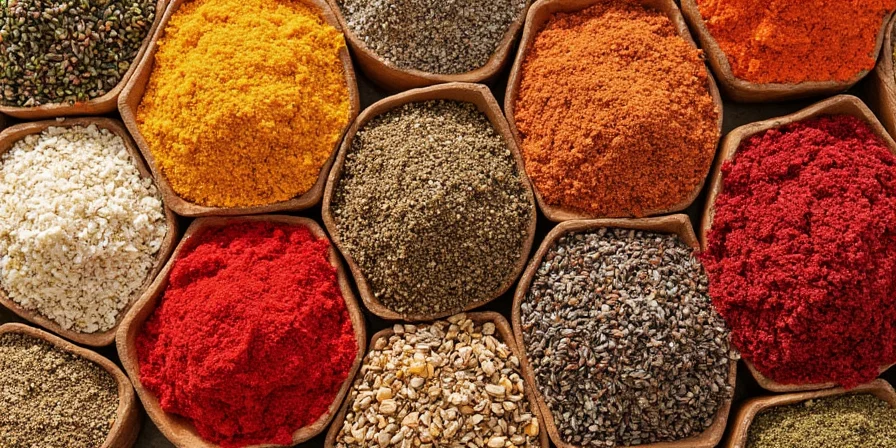
Knowing where your spices come from isn’t just trivia — it’s a key to unlocking richer, more nuanced flavors in your cooking. Whether you’re roasting chicken with Ras el Hanout or making your own mole with authentic Mexican chocolate and annatto, the story behind your spices makes every meal more interesting.
So next time you reach for that bottle of cumin or dash of ginger, remember: you’re holding a piece of global history in your hand. Treat it with respect, store it properly, and let its origin guide your culinary choices.
And remember — the best spice is one that tells a good story... and makes your mouth happy!

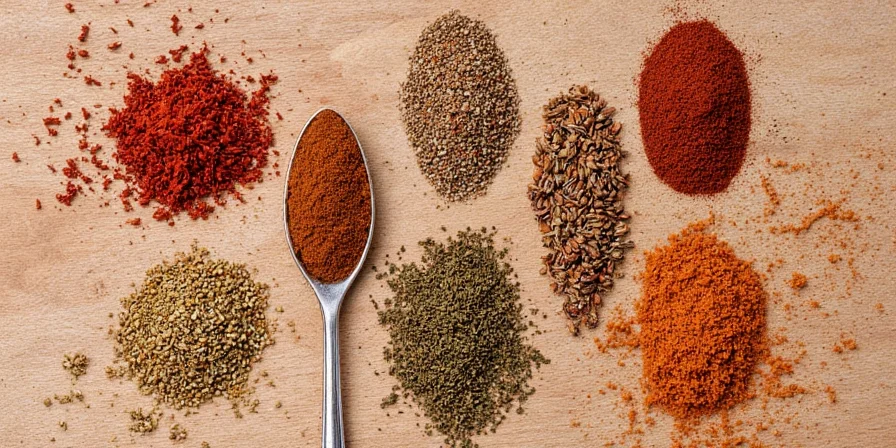









 浙公网安备
33010002000092号
浙公网安备
33010002000092号 浙B2-20120091-4
浙B2-20120091-4